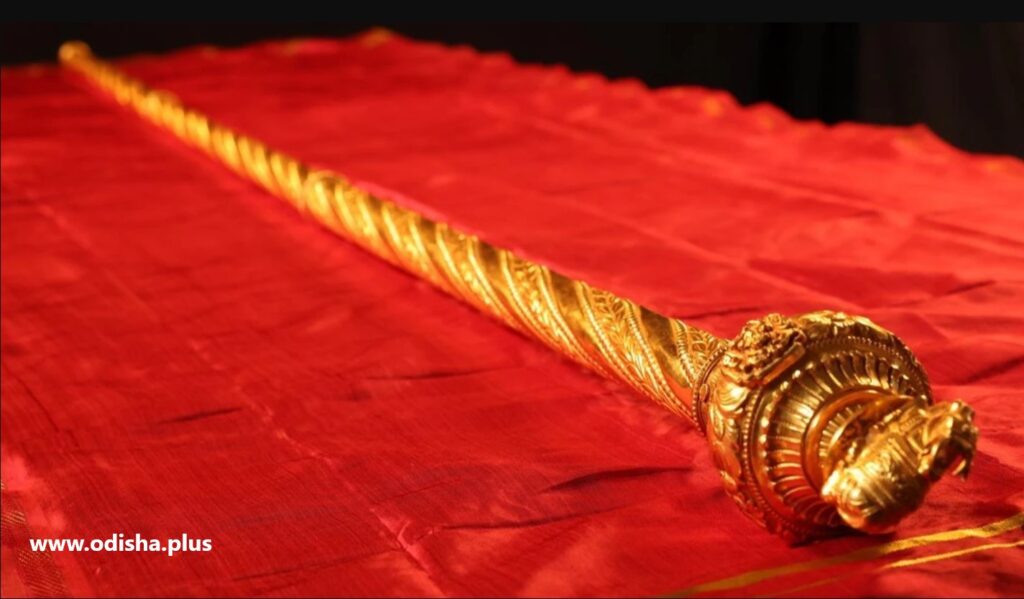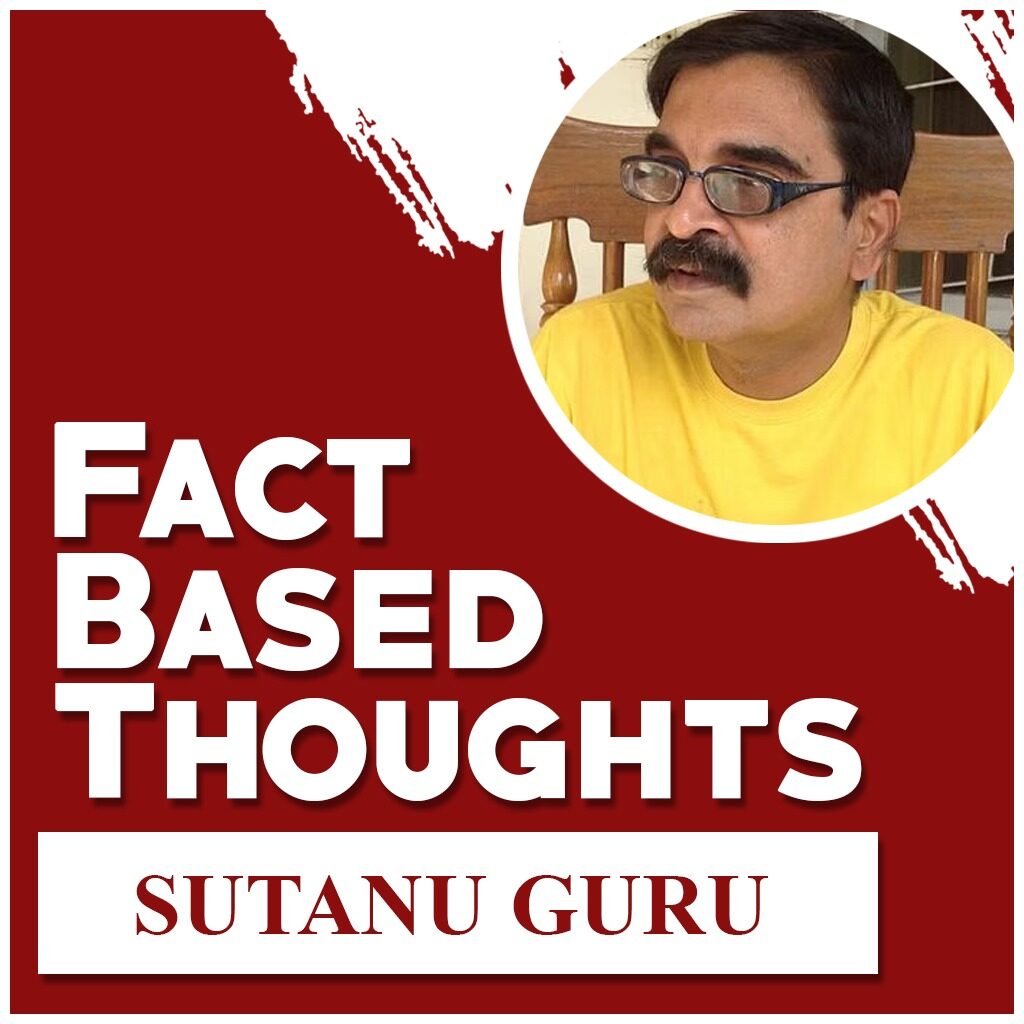Sutanu Guru
The first prime minister of India Jawaharlal Nehru died on May 27, 1964. Fifty-nine years and one day after that, prime minister Narendra Modi ceremonially placed the gold plated Sengol (a royal sceptre that goes back about 1400 years to the glorious Chola dynasty) next to the chair of the Lok Sabha speaker.

This happened during the inauguration ceremony of the spanking new Parliament building that was built at breakneck speed over the last two and half years. Prior to placing the Sengol, Modi participated in an unabashedly Hindu ritual of vedic and Tamil chants and prostrated himself in a gesture that is known as “Sashtang Pranam”. There was a multi faith invocation that followed with people belonging to Buddhism, Jainism, Islam, Sikhism, Judaism and the Zoroastrian faith invoked their own gods to bless the new parliament building.

But there was little doubt that it was a “Hindu” show. Back in 1947, priests from Tamil Nadu had gifted the very same Sengol to Jawaharlal Nehru as a symbolic gesture of transfer of power. Not really inclined towards Hindu rituals, Nehru transferred the Sengol to his ancestral house Anand Bhavan in Allahabad where it was kept as a “golden walking stick” till Modi “rescued” the Sengol and placed it where it “always should have been”.
Millions of Indians clinging to the “Nehruvian Idea of India” lamented that day as the final symbol of the end of an era. They cursed Modi for flaunting Hindu rituals to the whole world from a place that should be a pillar of “secularism”. Modi participating in the foundation stone laying ceremony of the Ram Temple in Ayodhya in 2020 with all the paraphernalia of Hindu rituals was bad enough. Doing the same in parliament, a temple of democracy, was too much.
The hordes of Modi critics that detest him with a ferocity of a woman scorned sang mournful odes to secularism in India. For them, India as a “Hindu Rashtra” was now a living reality; or actually a nightmare to put it more accurately. As is wont, those who detest and those who adore Modi went hammer and tongs at each other on social media like tribal warriors of yore. The boycott of the event by virtually all major opposition parties added the necessary political controversy and drama to the whole thing.
The author was both bemused and amused. And recalled an argument he often makes: that largely open societies sometimes behave like a pendulum. Take the United States. During the 1960s, the Civil Rights movement and anti-Vietnam war protests reached a deafening crescendo. A lot of good came out of the process of social churning. But there were excesses too symbolised by bra burning, pot smoking hippies living in communes. There was an inevitable backlash from traditionalists and the pendulum swung towards conservatism for decades.
Today, America has been infected by an incurable disease called “wokism” where school teachers are encouraging young boys to transition into another gender. Another backlash and another swing of the pendulum is inevitable.
Take Turkey. When Kemal Ataturk became leader in the 1920s, he banished public displays of Islamic faith, curtailed the use of Hijabs and encouraged fellow citizens to march towards modernity and secularism. They did for many decades. But faith in Islamic symbols, rituals and traditions always simmered beneath the façade of secularism. By the 1990s, a growing number of Turks were adopting Islamic practices publicly and revolting against the “secularism” imposed on them. A leader called Recip Erdogan came to prominence at the right time. He has now ruled Turkey for more than two decades. The historic Byzantine Hagia Sofia church is now a full fledged mosque.
Exactly the same is happening in India. Nehru wanted Indians to adopt modernity and secularism instead of being fettered by obsolete rituals and traditions. A towering leader, his charisma and sheer force of personality ensured “Hinduness” disappeared from public discourse and even academic debates. If it found a place, it was to highlight how backward and hidebound it was. Leftist intellectuals and political parties that cultivated a “Muslim” vote bank enjoyed demonising and denigrating all things Hindu.
But stubborn Hindus, like their Muslim counterparts in Turkey, clung on to their faith and rituals. By the 1980s, a revolt against imposed “secularism” had started and gathered momentum through the 1990s (the first BJP led government) and the new century. Hindus defiantly started public displays of their faith and rituals. A leader called Narendra Modi came to prominence at the right time. Today, in the place of the Babri Masjid, a magnificent Ram Temple is being constructed.
The author doesn’t really know how good or bad these changes and pendulum swings are. All he knows that it was inevitable. Besides, social churn of this kind always comes with the good, the bad and the ugly. It depends on societies to embrace what is considered good or bad. Besides, partisan participants in public discourse will always have divergent opinions on what is good and what is bad. For some, the installation of the Sengol in the new Lok Sabha is a symbol of reclaiming a glorious heritage and reasserting Hindu civilisation. For others, it is an ugly regression back to majoritarian thuggery. To each their nectar; and each their poison.
(Author has been a media professional for over 3 decades. He is now Executive Director, C Voter Foundation. Views are Personal)



























